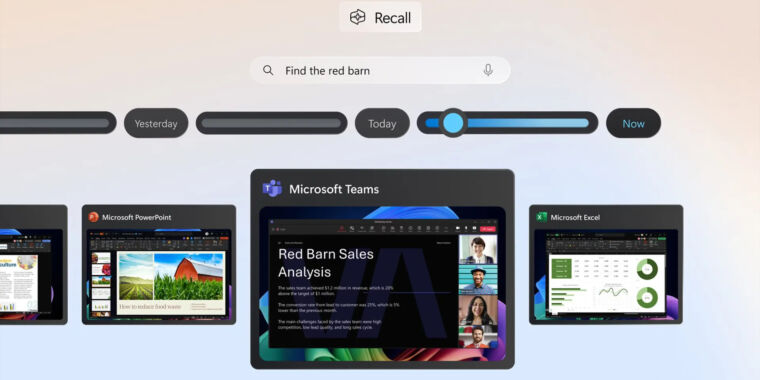

Fucking, Austria eventually gave in:
https://en.wikipedia.org/wiki/Fugging,_Upper_Austria
Despite a population of only 106 in 2020, the village has drawn attention in the English-speaking world for its former name, which was spelled the same as an inflected form of the vulgar English-language word “fuck”.[1][2] Its road signs were a popular visitor attraction and were often stolen by souvenir-hunting vandals until 2005, when they were modified to be theft-resistant. A campaign to change the village’s name to Fugging was rejected in 2004 but succeeded in late 2020.[3][4]






I mean, they’ve done this when places charge them money to index the news articles there.
It hardly seems reasonable to both mandate that they index a given piece of news media and that they pay a fee to do so.